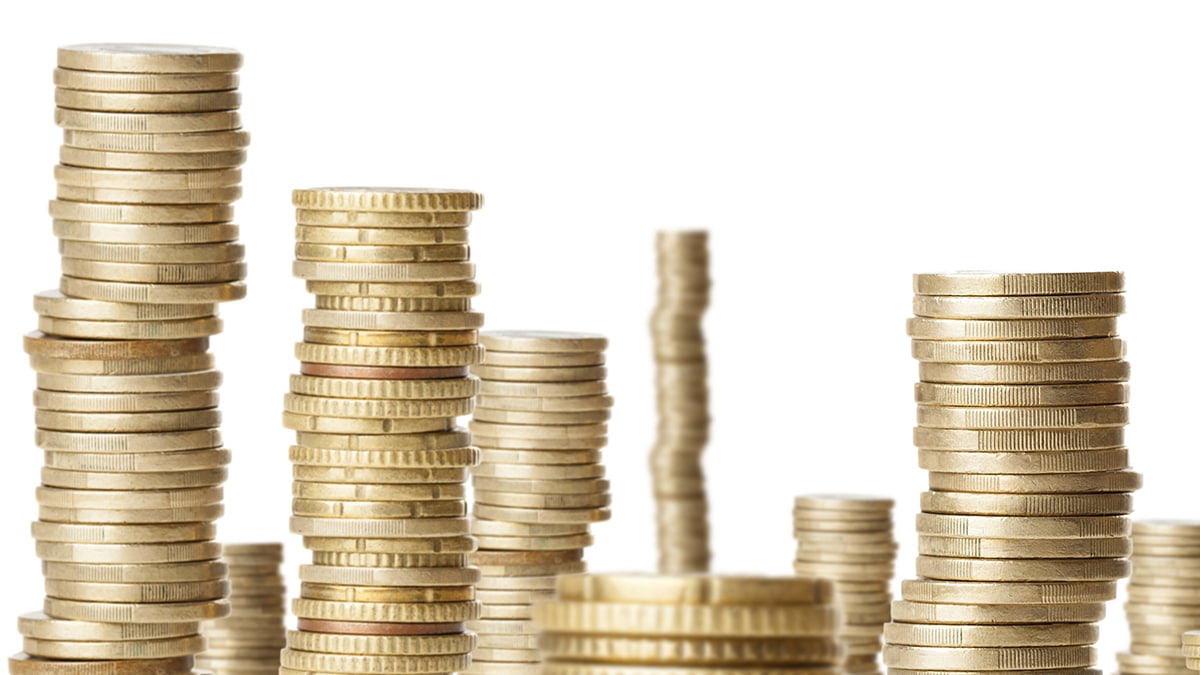Q: I have no existing super fund. Can I make a contribution to a super fund from the proceeds of the sale of an investment property? I am over 75 years of age.
A: The key here is the age restriction on making contributions to super. Really, from age 75, the only real contributions that can be made to super are what we call downsizer contributions. Downsizer is a relatively new scheme that the government put in a number of years ago that said you can sell your home and contribute up to $300,000 per member of the couple into super as a downsizer contribution. There’s actually no upper age limit on that.
There is a lower threshold, and it’s actually dropping to age 60 from 1 July 2022, currently 65 (Update: From 1 January 2023, this new lower age threshold was dropped to age 55 from age 60). But there’s no upper limit. So at 75, you could make a downsizer contribution.
But there are some rules that need to be met for it to be a downsizer. To be eligible to make a downsizer contribution, there are some restrictions on what the property is, the asset is. You said you sold an investment property. Now, in order to be eligible to make a downsizer contribution, the property which is sold either needs to be fully exempt from capital gains tax under the primary residence rules, the ‘home’ resident rules, or partially exempt.
For example, Garth sells his house today; that is fully exempt from capital gains tax because it’s my primary residence, my main residence exemption. It also works for partial CGT exemption.
Another example, Garth had a house in Melbourne. He lived in it for 20 years. He then bought a new house in Sydney, but I kept my house in Melbourne as an investment property. If within the first 10 years of renting that property that I used to live in, if I rent that out, that would be partially exempt from CGT. So if your investment property here was never your home, you could not make a downsizer contribution. You wouldn’t be eligible. If your investment property you own here was at any time your main residence, say in the last 10 years, it might be partially exempt from CGT, and therefore you could contribute up to $300,000 of the proceeds from that sale into superannuation.
We put a downsizer contribution article out. So, if it was an asset of a residence you lived in at some point in time, have a look at that article and make sure you meet all those other rules to get the money in. If not, you could not make a contribution in the super. The one carve out, is a 28 day rule. It says that you can make a contribution 28 days after the month in which you turn 75. So, if you’re 75 in the last month, you might still be able to do it. But it’s only 28 days after the end of the month in which you turn 75.



Leave a Reply
You must be logged in to post a comment.